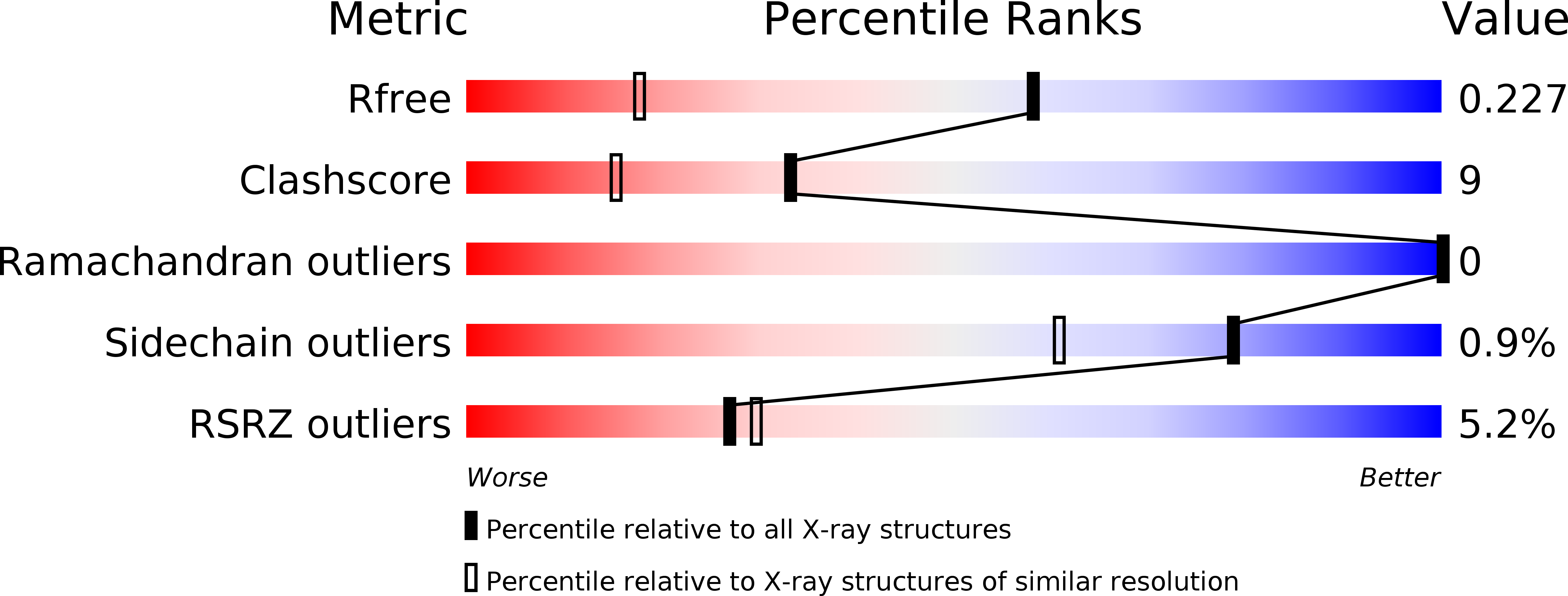
Deposition Date
2005-04-26
Release Date
2005-05-17
Last Version Date
2024-10-23
Entry Detail
PDB ID:
1ZHL
Keywords:
Title:
Crystal structure of HLA-B*3508 presenting 13-mer EBV antigen LPEPLPQGQLTAY
Biological Source:
Source Organism:
Homo sapiens (Taxon ID: 9606)
Host Organism:
Method Details:
Experimental Method:
Resolution:
1.50 Å
R-Value Free:
0.22
R-Value Work:
0.20
R-Value Observed:
0.20
Space Group:
P 21 21 21


